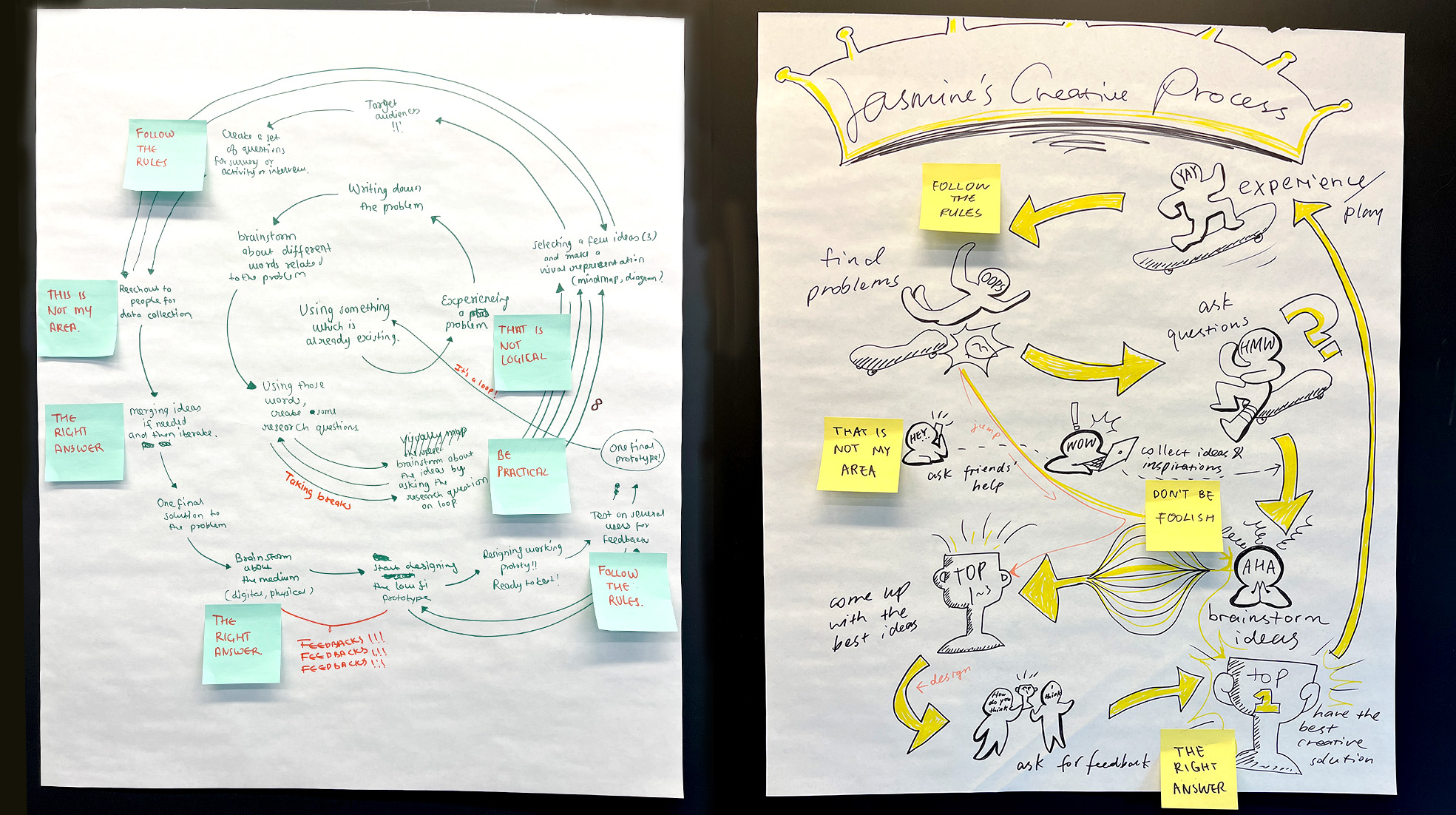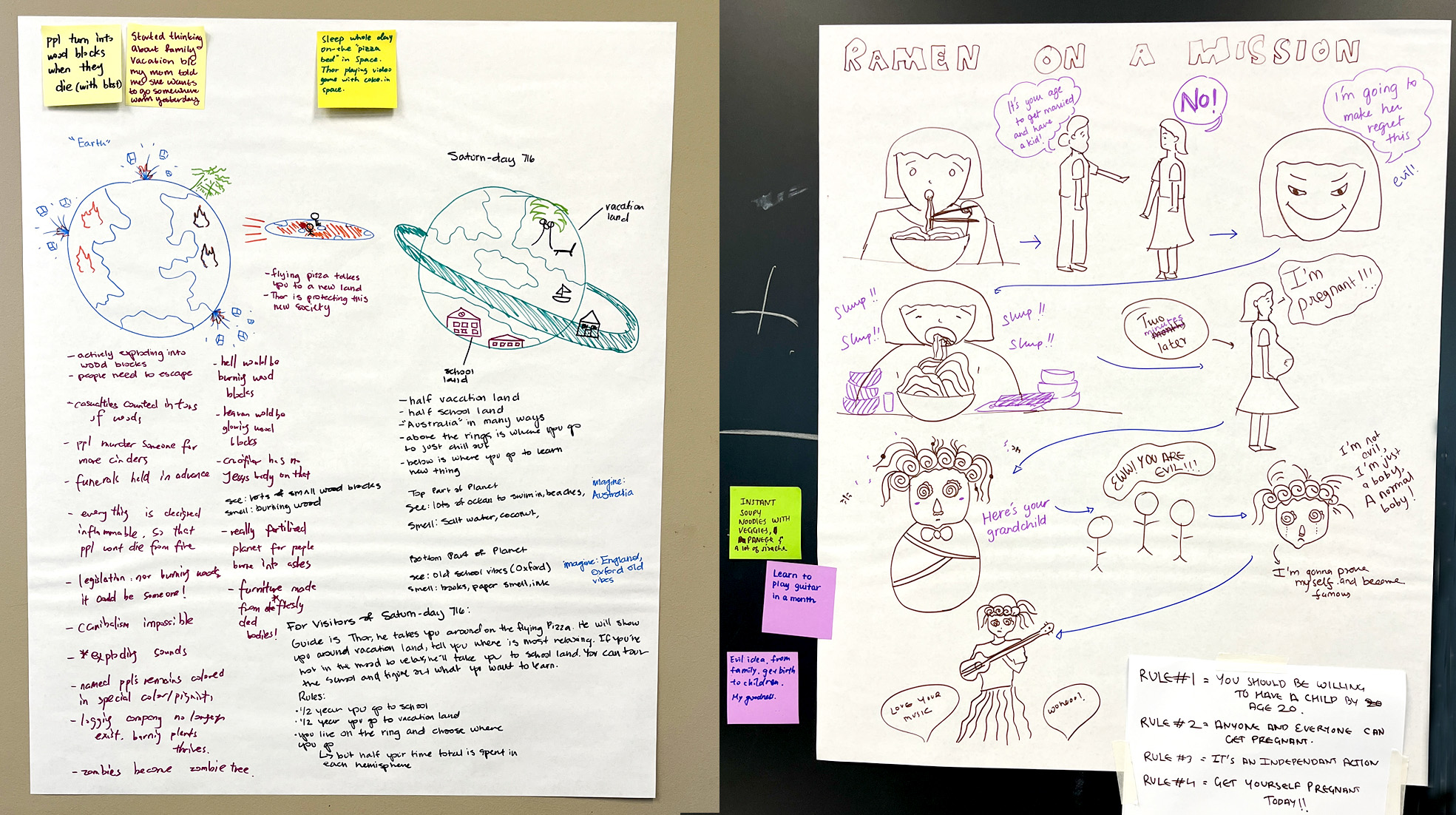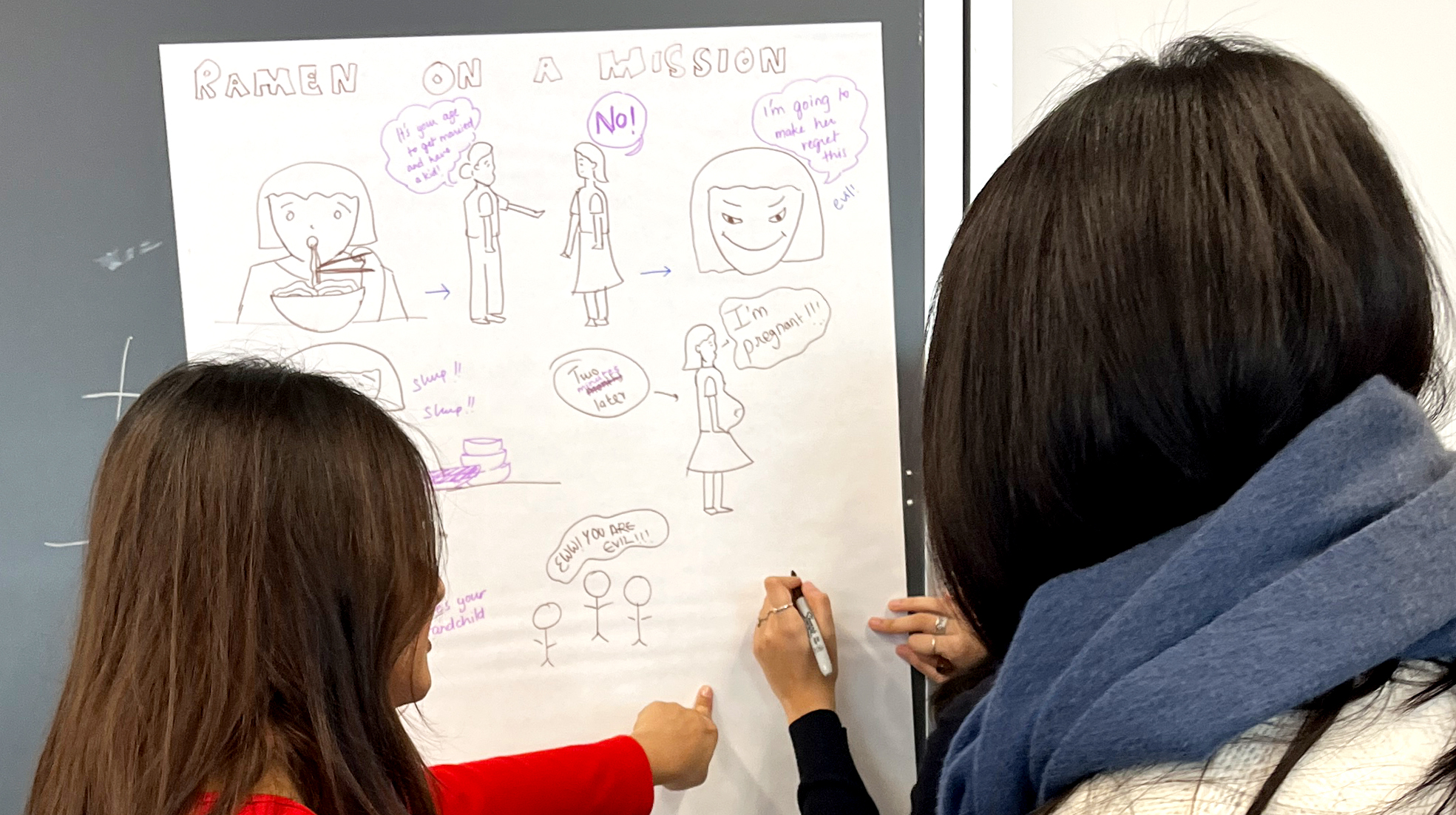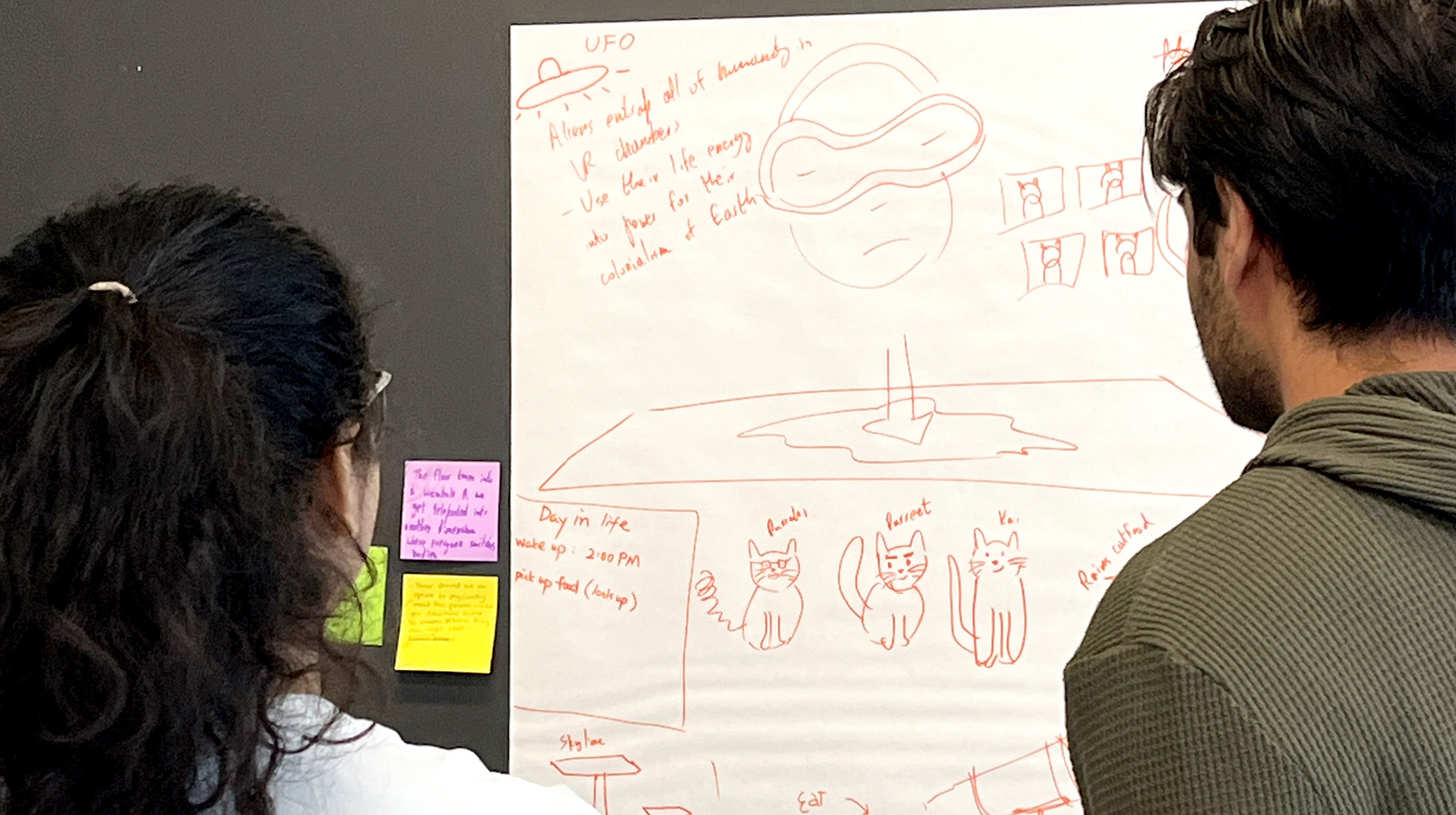
What is imagination? What role does it have in mental well-being and inner development? How does imagination affect self-worth and combat loneliness and social disconnection? How does imagination and creativity relate? What is individual creativity? What is social imagination? How does AI impact our capacity to imagine? Is imagining a future and a better life the first step towards creating one?
“Imagination, Happiness & Well-Being,” my new elective course studies the philosophy, psychology, cognitive-neuroscience, and applications of imagination and creativity from an interdisciplinary lens to help students learn how to imagine, nurture individual creativity, and embrace who they are. For that, I combine multiple pedagogic strategies, and invite philosophy and neuro-cognitive experts as guest speakers to discuss concepts at deeper levels. Experiential learning, mindfulness, self-reflection, and metacognitive approaches help students identify personal barriers and self-imposed constraints that limit their ability to think in imaginative ways and pursue the life they want.
Roger von Oech’s 10 mental blocks give students concrete and familiar attitudes that they can recognize and name in their everyday thinking. In-class activities help students dive deeper into their creative process and identify in what steps they experience particular mental blocks. As they become more aware of their own personal mental blocks and engage in the use of a range of techniques and new habits to work around those blocks, students strengthen their self-worth and develop more confidence in their own views and uniqueness.
Every class individual and collaborative imagination activities provide students with the space to release self-imposed constraints, as well as to put into practice techniques to nurture imaginative thinking – or transcendent imagination as Professor Amy Kind puts it. As the course progresses, students become more comfortable taking risks, understanding others who are different, and adapting to unexpected situations. For instance, on Week 4, students engaged in a group activity where through daydreaming, forensic analysis of their imaginings, forced connections technique, visualization, and pretend play, they developed new worlds.
Practice continues outside the classroom with Think-Up Activities – a reflective pedagogical tool I created back in 2019. As homework, students engage in 10 (ten) different activities that integrate principles from cognitive psychology, mindfulness, and Creative Problem solving (CPS) to foster students’ present awareness. By deepening the connection with their senses, students start to see their surroundings with fresh eyes and notice new things. With each Think-Up Activity, students become more aware of cognitive operations, reflect on their thought patterns and behaviors, and build metacognitive habits.
Students also have an Imagination Journal, where they reflect on readings, class exercises, Think-Up activities, and document their journey. Students also use the journal to connect with their emotions, express uncomfortable feelings, describe strategies to deal with barriers, and capture dreams, struggles, ideas, and changes in their life throughout the course.
After they have developed stronger self-awareness, students engage in a visioning, experiential project: Dare to Dream Project. Students live in a society where productivity, financial success, and external recognition take priority over dreaming, playing, and inner development. This context makes it hard for them to articulate what their true personal or professional dreams are – not those of their parents, friends, partners, or spouses. This project guides them to imagine and create a future where they are happy and joyful, and can be who they want to be. Students work with design, art, music, and theatre techniques to prototype and share personal future scenarios and envisioned realities.
Not every student is ready to take this course. Many students may not be ready to release their self-imposed constraints, face their mental blocks, or embark in the journey of self-discovery the course proposes. For those who are and decide to embrace the experience, the journey can be transformative.



Leave a Reply